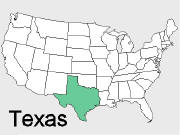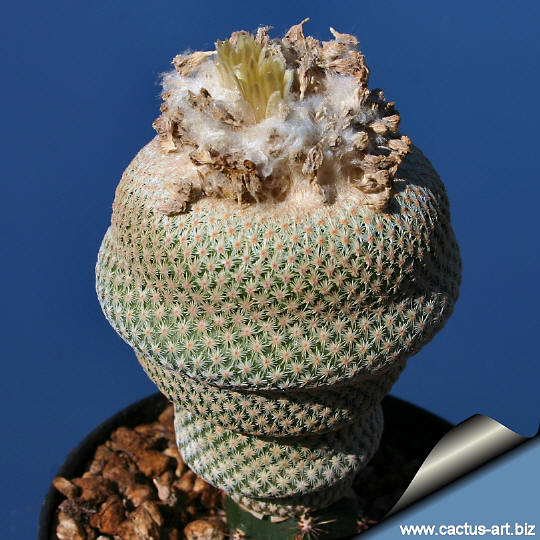|
|
|
Family:
Cactaceae
(Cactus Family)
Scientific Name:
Epithelantha bokei
L. D. Benson 1969
Synonyms:
Epithelantha micromeris (Engelm.) A. Weber ex Britt. &
Rose var. bockei
(L. Benson) Glass & Foster
Common name
(s): “Boke's button cactus",
“smooth button”, “pingpong ball cactus
Listed in CITES Appendix
II
 Distribution: Chihuahuan Desert of South Texas, in
Brewster/Sanderson County and northern Mexico Distribution: Chihuahuan Desert of South Texas, in
Brewster/Sanderson County and northern Mexico
Habitat: Grows in dense groups on rocky,
gravely soils on flat areas, raised limestone hills and ledges.
Etymology:
The
genus name
"Epithelantha" derives from
the Greek word “Epi)”
meaning “upon, on, at,
over”; the Greek word “thele”
meaning “nipple” referring to the tubercles, and
“anthos
)”
meaning “flower”.
(The genus name
implies:
“flowers upon the tubercles”).The
species name "bokei"
Derives from the name of
Dr. Norman H. Boke of the University of Oklahoma prof. in
Biology-Plant Science.
|
|
Morphology (Identifying
Characteristics):
Habit:
It is a is a slow-growing mini cactus (usually solitary), with only
2-3 cm of stem height, covered so densely with closely appressed
tiny white spines that the plants appear to be completely white and
smooth to the touch.
Flower: Flowers are pale pink or yellowish, very
delicate, appearing in July.
Fruit:
Fruits are smooth,
approximately 1 cm long, bright red, edible and enjoyed by birds.
Notes:
In periods when water is available it is an almost completely rounded
cactus. In drought
periods, and during winter rest, plants shrinks and draw back down to
ground level, to conserve moisture.
|
|
|
|

(Photo & © Copyright by Massimo Giannelli Italy E-mail:
treg@wooow.it )
Spines
|
|

Epithelantha bokei MK 29 . 105 S of Cuatro Cienegas , Coahuila
Cultivation:
Although regarded as a choice and difficult plant, in
cultivation it is relatively easy, but very slow
growing.. These plants need very coarse
potting soil that
drains well (rot prone). Waterings should be
rather infrequent, to keep the plant compact and not become excessively
elongated or unnatural in appearance.
Frost Tolerance: Depending on the variety, it will take
-5° C (or
less) (Temperature
Zone: USDA
8-11)
Sun Exposure: It requires strong sun to part sun to
develop good spinal growth,
but some
summer shade in the hottest hours of the day is beneficial. Assure a good
ventilation.
Propagation: It can be reproduced both by seeds and cuttings, but it
is often grafted because difficult and slow to grow on its own roots.
Older specimens shoot
tillers from under tubercles,
so they can be grafted, which is a much easier way of propagation than
sowing.
Young seedlings are tiny and they need several years to reach
adult size, and require careful watering.


|
|